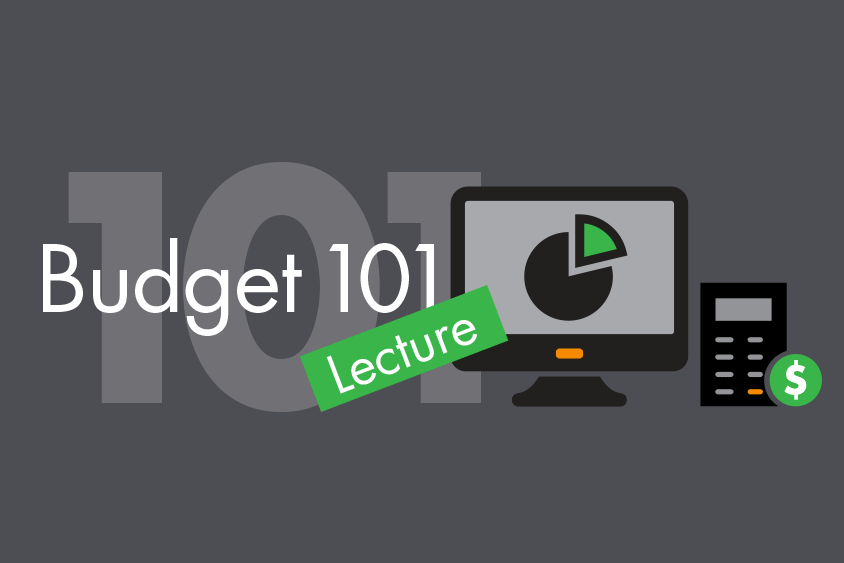The first step to better efficiency in a dental practice is staying on a budget. Dentists, as small-business owners, need to make sure their practices are successful and, as health care providers, need to be able to provide care to their patient base. Creating an organized budget can help a dental practice accomplish both of these things.
"When you create your budget, it is important to review the details on a monthly basis and course correct if you are not hitting your goals. Make purchasing decisions with your budget in mind," said CDA Practice Advisor Julie Axt.
Axt, who will be leading a "Budget 101" lecture at CDA Presents The Art and Science of Dentistry in San Francisco on Sept. 10 from 10 a.m. to 11 a.m. at The Spot, recommends the following steps for dentists when establishing their budget.
- Start with your past — use your previous year's profit and loss statements as a guide to forecast your next year's revenue.
- Set goals on a monthly basis with growth in mind.
- Review your expenses.
"Fixed expenses are the same year over year and do not change. Variable expenses can change, and you have control over these expenses," Axt said.
Examples of variable expenses are:
Lab/supply
On average, lab and supply expenses should range between 13 and 17 percent, according to Axt. If a dentist is over the range they should review their lab and supply to identify waste. It could be a result of wasteful supply usage, over-ordering or poor inventory management. Excessive lab fees may need to be re-negotiated or there could be an issue with high shipping charges. A simple review of lab invoices may be in order to make sure the charges match the bill.
Salaries
Payroll expenses should range from 20 to 26 percent outside of doctor salaries, according to Axt. Consider the following breakdown:
- Hygiene: 8 to 10 percent.
- Administrative wages: 7 to 9 percent.
- Assistant wages: 5 to 7 percent.
Facility costs
Facility costs to collections should be at 6 to 8 percent. Even though this number is a fixed cost, if a dental practice's expenses are not in that percentage range, the practice is not producing enough to maintain the facility. This may mean the dentist should take a hard look at daily goals.
"By reviewing target percentages you can identify opportunities to drive behaviors for your practice to reduce unnecessary spending," Axt said.
Dentists could also consider including and celebrating budget wins with their team. Sharing practice goals with the team helps practices achieve desired results. And making team members aware of wasteful spending habits allows team members to better understand how they can support the practice. On that note, a dentist also could assign an experienced back office team member to the task of keeping the office supplies on budget to make sure the practice is more efficient. The dentist could offer a bonus incentive to team members as well. For more budget tips, attend "Budget 101" at CDA Presents on Sept. 10.
To register for the lecture, visit cdapresents.com
.

